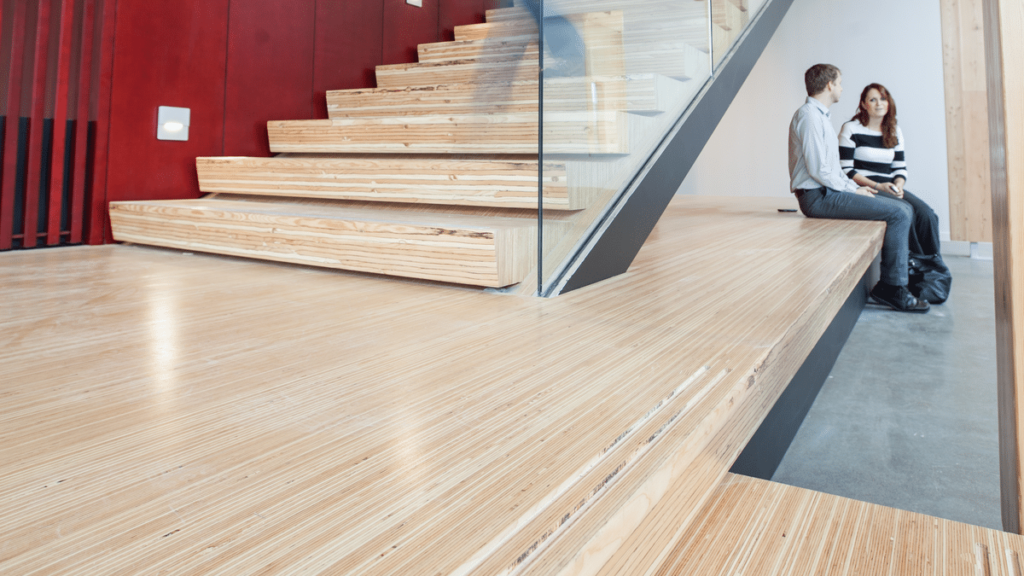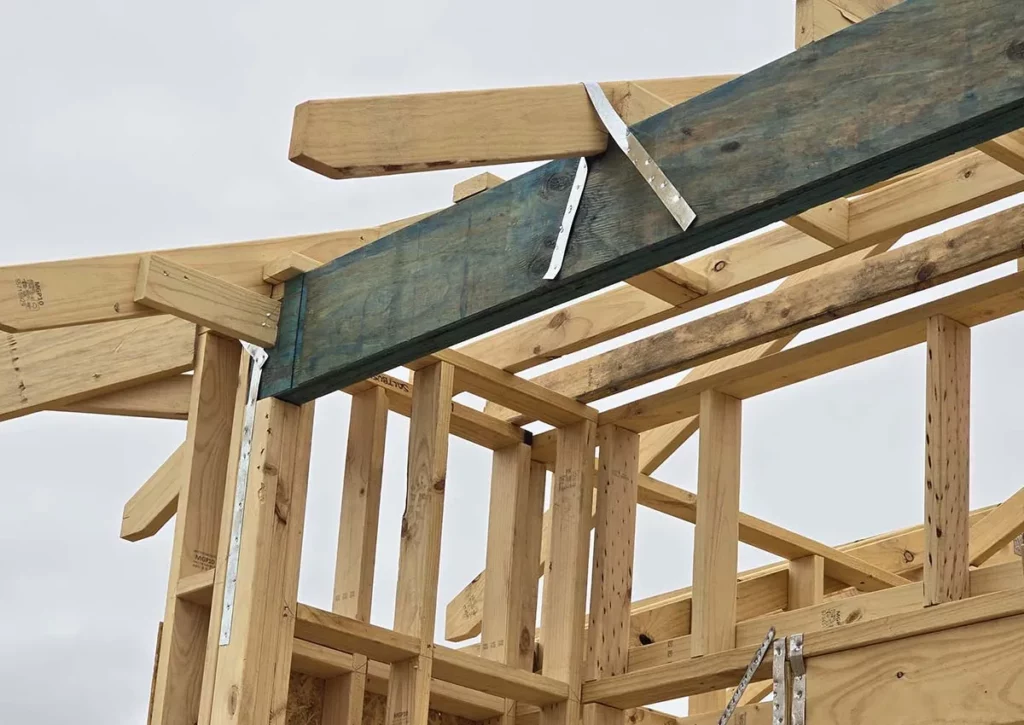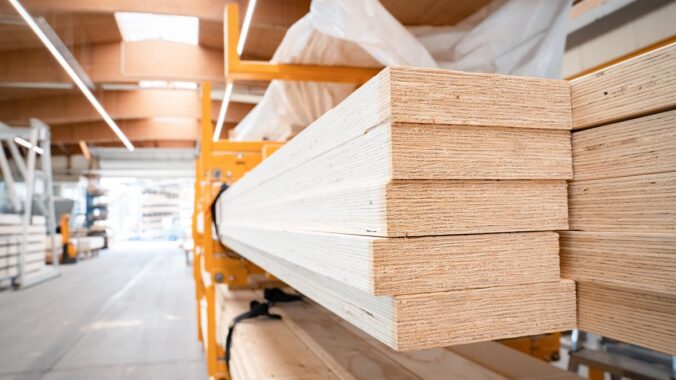Engineered wood products have revolutionized the construction industry, with Laminated Veneer Lumber (LVL) being a prominent example. LVL formwork timber, known for its strength and versatility, plays a pivotal role in modern construction practices. This article explores the intricacies of LVL formwork timber, its strength, versatility, maintenance, and safety considerations, offering an in-depth guide to understanding its applications in the industry.
Understanding LVL Formwork Timber
In addition to fire resistance, LVL formwork timber is often treated with preservatives to protect against pests and decay, which can compromise structural integrity over time. This treatment not only extends the lifespan of the timber but also ensures that it maintains its strength and performance under various environmental conditions. Understanding these safety features is vital for contractors and builders, as it allows them to make informed decisions that prioritize safety while optimizing the durability of their materials.
Definition and Basic Properties
Laminated Veneer Lumber (LVL) is an engineered wood product made from thin wood veneers that are glued together under heat and pressure. This process enhances the strength and stability of the timber, making it a preferred choice for formwork applications.
LVL exhibits several key properties that make it suitable for construction. It has a high strength-to-weight ratio, excellent dimensional stability, and resistance to warping and splitting. Additionally, LVL can be manufactured to meet specific performance requirements, making it highly customizable for various projects. This adaptability allows architects and builders to utilize LVL in a wide range of applications, from beams and headers to intricate formwork systems, ensuring that structural integrity is maintained while also optimizing material usage.

Manufacturing Process of LVL Formwork Timber
The manufacturing process of LVL involves several crucial steps. First, high-quality logs are selected and debarked. Then, the logs are cut into thin veneers. These veneers are dried to a specific moisture content before being arranged in layers.
Once the veneers are layered, they are bonded together using a strong adhesive. The glued assembly is then subjected to heat and pressure in a press, which cures the adhesive and solidifies the structure. Finally, the LVL is cut to the desired sizes and lengths, ready for distribution and use in construction. This meticulous process not only ensures the durability of the LVL but also allows for the creation of large, continuous spans that are often required in modern architectural designs. Moreover, the use of LVL contributes to sustainable building practices, as it maximizes the utility of each log and minimizes waste, making it an environmentally friendly choice in the construction industry.
The Strength of LVL Formwork Timber
Factors Contributing to Its Strength
Several factors contribute to the remarkable strength of LVL formwork timber. The quality of the wood used is paramount—higher-grade veneers produce stronger LVL products. The adhesive used also plays a crucial role; modern adhesives are formulated to create strong bonds that enhance performance.
Moreover, the orientation of the veneers within the lamination process is critical. When veneers are aligned with the grain facing the same direction, it maximizes the load-bearing capacity. This means that LVL can effectively transfer loads, making it highly reliable for structural applications, especially in formwork.
Additionally, the manufacturing process of LVL involves a meticulous selection of raw materials, where only the finest logs are chosen. This attention to detail not only ensures the elimination of defects but also enhances the overall durability of the LVL product. The controlled environment in which LVL is produced further contributes to its strength, as temperature and humidity are regulated to prevent warping or other forms of deformation during the curing process. This results in a product that is not only strong but also stable, making it an ideal choice for various construction needs. Learn more about environment at https://www.epa.gov/education/what-environmental-education
Comparing Strength with Other Timber Types
When compared with traditional timbers, LVL often exhibits superior strength characteristics. For instance, solid timber may present limitations due to knots and irregularities, which can weaken its structural integrity.
In contrast, LVL is engineered to eliminate these natural flaws. This engineered nature allows LVL to provide consistent performance, making it a favored choice over other timber types, such as plywood or solid wood, especially in demanding construction scenarios.
Furthermore, the versatility of LVL extends beyond just its strength. It can be manufactured in various sizes and thicknesses, allowing for customization to meet specific project requirements. This adaptability means that LVL can be used in a wide range of applications, from residential buildings to large commercial projects. Its ability to maintain structural integrity under various loads and conditions makes it a preferred material for builders and architects who seek reliability and efficiency in their construction processes. As a result, LVL not only stands out for its strength but also for its practicality in modern construction practices.
The Versatility of LVL Formwork Timber
Various Applications in Construction
LVL formwork timber is highly versatile and finds applications in numerous construction areas. It is typically used as forms for concrete slabs, walls, and columns. Its ability to withstand heavy loads without deformation makes it ideal for temporary and permanent formwork solutions.
- Concrete Construction: LVL is often used to create sturdy molds for pouring concrete.
- Beam and Column Support: LVL can be designed to serve as beams and columns, offering substantial support in frame structures.
- Structural Components: Due to its high strength, LVL is frequently utilized in roofs, floors, and wall systems.
Furthermore, its lightweight nature simplifies handling and installation, allowing for efficient construction processes. The ease of transportation and setup not only accelerates project timelines but also reduces labor costs, making LVL an economically viable choice for contractors. In large-scale projects, the ability to quickly assemble and disassemble LVL formwork can significantly enhance productivity, enabling teams to focus on other critical aspects of construction.
Benefits of Using LVL in Different Scenarios
One of the primary benefits of using LVL formwork timber is its efficiency in resource usage. Unlike traditional lumber, LVL can be produced from smaller trees and wood scraps, promoting sustainability. This eco-friendly aspect is increasingly important in today’s construction industry, where environmental considerations are paramount. By utilizing LVL, builders can contribute to reducing deforestation and waste, aligning their projects with green building practices. To find more about sustainability click here.
The dimensional stability of LVL minimizes the likelihood of shrinkage or warping, ensuring that projects maintain precision over time. This characteristic is crucial in applications requiring exact measurements, like architectural elements. Moreover, LVL’s resistance to moisture and pests further enhances its durability, making it suitable for various climates and conditions. This resilience means that LVL can be employed in both indoor and outdoor applications, from residential homes to commercial buildings, without compromising structural integrity.
Additionally, LVL can be readily customized to meet specific project requirements, which provides flexibility in design and construction methodologies. Various finishes and treatments can also be applied to enhance its properties for specific environments. For instance, fire-retardant treatments can be integrated for use in high-risk areas, while water-resistant coatings can be utilized in environments prone to moisture. This adaptability not only broadens the scope of LVL applications but also allows architects and builders to innovate and push the boundaries of traditional construction methods.
Maintenance and Durability of LVL Formwork Timber
Tips for Prolonging Lifespan
While LVL is inherently durable, proper maintenance is essential for maximizing its lifespan. Here are some tips:
- Store LVL in a dry area to prevent moisture absorption, which can lead to deterioration.
- Protect LVL from direct sunlight to minimize UV damage over time.
- Regularly inspect LVL for any signs of wear or damage, and address issues promptly.
- Apply protective coatings when necessary, especially if used in outdoor applications.
By adhering to these maintenance practices, you can significantly extend the life of LVL formwork timber, ensuring it remains a reliable element in your construction projects. Additionally, consider implementing a routine maintenance schedule that includes cleaning the surfaces of LVL formwork to remove any debris or contaminants that could lead to degradation over time. This proactive approach not only enhances the appearance of the timber but also helps maintain its structural integrity, allowing for safer and more efficient use in various applications.

Understanding the Impact of Environmental Factors
Environmental factors can significantly affect the performance and durability of LVL formwork timber. For instance, exposure to high humidity can lead to increased moisture content, affecting the adhesive and potentially weakening the structural integrity.
Conversely, extreme dry conditions can lead to shrinkage, which may undo the benefits of LVL’s engineered structure. These variations necessitate careful consideration during both the selection and application phases of LVL use, ensuring that the timber is suited for its intended environment. Furthermore, it is important to recognize that temperature fluctuations can also play a role in the longevity of LVL. High temperatures may accelerate the degradation of adhesives used in LVL construction, while cold temperatures can make the wood more brittle. Therefore, understanding the specific climate conditions of your project site is crucial in making informed decisions about LVL usage and maintenance practices.
Safety Considerations When Using LVL Formwork Timber
Handling and Installation Precautions
When handling and installing LVL formwork timber, it is crucial to follow safety protocols to prevent accidents and injuries. Workers should wear appropriate personal protective equipment (PPE), including gloves, goggles, and hard hats.
Additionally, the proper lifting techniques must be employed, given the weight of the material. Use mechanical lifting devices wherever possible to minimize manual handling. Training staff on correct installation methods will also enhance safety on construction sites. It is also advisable to conduct regular safety audits and refresher training sessions to keep safety protocols fresh in the minds of all workers. Establishing clear communication channels on-site can further mitigate risks, ensuring that everyone is aware of their surroundings and any potential hazards associated with the use of LVL formwork timber.
Fire Resistance and Other Safety Features
LVL formwork timber also possesses certain fire resistance properties, though it is not classified as fireproof. Various treatments can enhance its fire resistance, making it suitable for applications where fire safety is paramount.
Moreover, LVL’s manufacturing process ensures that it has fewer voids compared to traditional lumber, which can potentially trap heat and contribute to combustion during a fire. This characteristic adds an extra layer of safety in construction scenarios. Furthermore, the use of LVL can contribute to the overall fire safety strategy of a building, as it can be combined with other fire-resistant materials to create a more robust and compliant structure. It is essential for builders to consult local building codes and regulations regarding fire safety to ensure that their use of LVL aligns with the required standards, thereby enhancing the safety and longevity of the construction project.
Other resources: The Advantages of Using Formwork LVL in Your Building Project

Leave a Reply